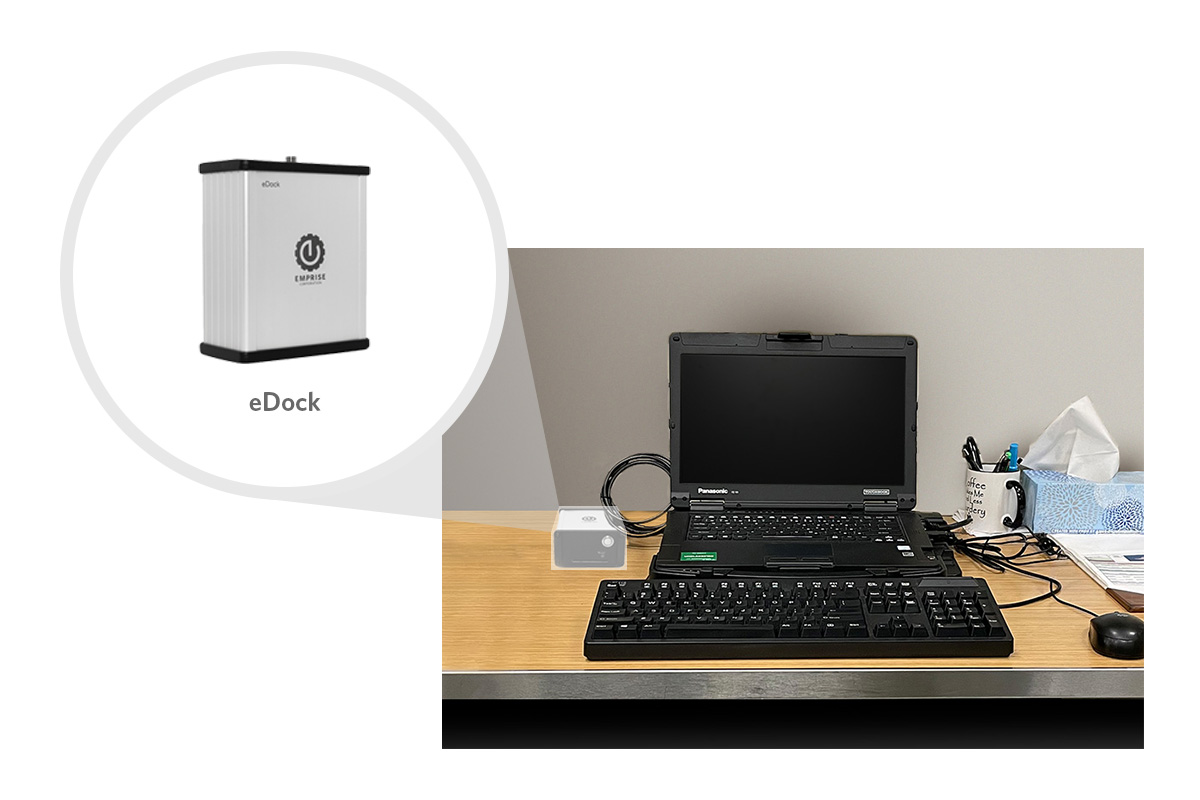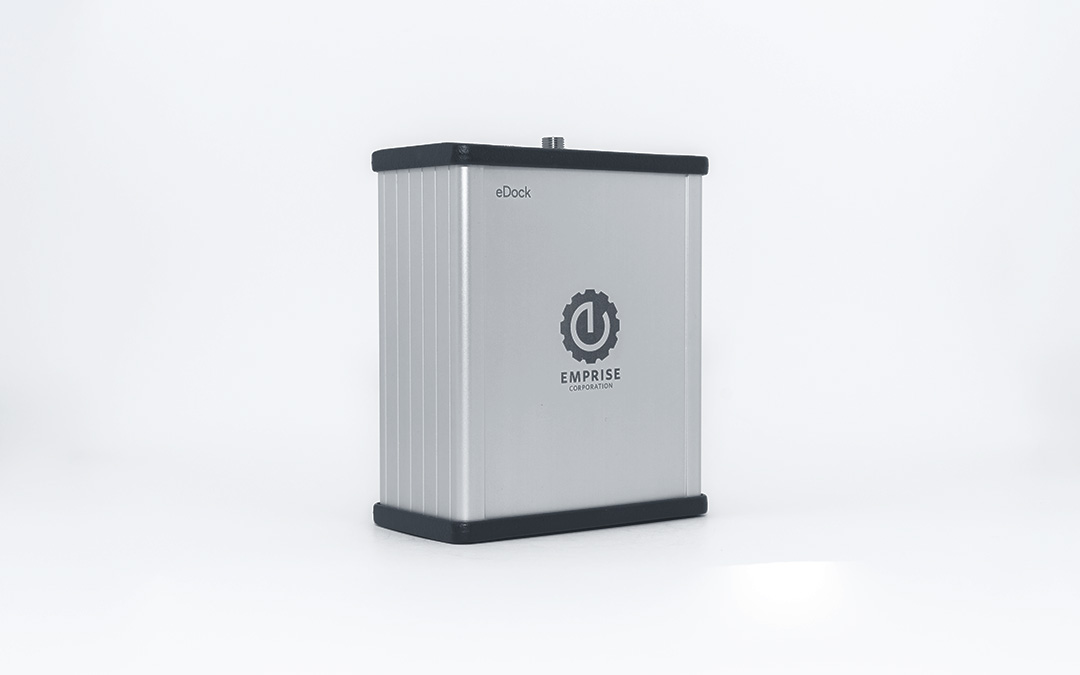Author: Ryan Nugent
The olden days, we used paper logs, things that could fly off the ship, fall into the bilge or get the old ship’s roll coffee onto it. Consequently, we have moved to electronic means which can be better for log retrieval, data entry quality and data integrity.
However, a common problem with electronic means is getting it onto the computer network. We have various tools such as email, but how does that hold up to large files loaded with pictures and videos for evidence of deficiencies? Computer networks have email size limits, just like any carrier. So, what do we do?
The Old Way
Certain computers containing executables to utilize external hardware used to capture and transfer data. Also, it limited us to those specific computers where the applications were installed, and with today’s technological capabilities, we found a way to adapt. This means that we need a new way for users to transfer data from various data collector devices, or to consolidate the data collector devices and input that data into a maintenance management system.
The New Way – eDock
The design of the eDock is based on technical components that are part of the long-term electronic log keeping roadmap to provide longevity and compatibility with future inspection programs, architecture and devices. The eDock is a headless (no monitor, keyboard or mouse) data transfer appliance, allowing secure communication between an inspection program tablet and the Database via the computer network.

FIGURE 1 – Ship Inspection App in Tablet
How does it work?
The eDock is set in a predetermined location, preferably spaces where users who take logs tend to frequent throughout their daily tasking. The eDock will then be placed on a desk, connected to 120V power, and to the network (either straight through ethernet or via a media converter) to a LAN drop.
The user will connect their Tablet via a USB-C cable, launch an application on the tablet, and be prompted by a message to download an inspection or maintenance. Then, the Identity Management System will read the certificates from the card or username and password. After the download is complete, the user unplugs the Tablet. They can now access the inspection or maintenance and do what they need to do, take pictures, videos and fill in forms. Upon completion, it’s time to upload!
Performing the same steps as above for connecting the Tablet to the eDock, the user can tap the up arrow for upload. The user will again see the Identity Management System appear.

The eDock is set in a predetermined location. Preferably one that users who take logs tend to frequent throughout their daily tasking.
How do I view it?
After logging into the maintenance management system, the user can hover over their name, in the top right of the blue banner and a small menu will appear. The user will select “Procedures In Progress” which is In Progress data.
